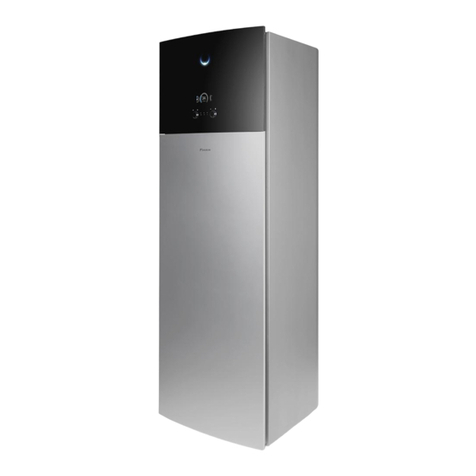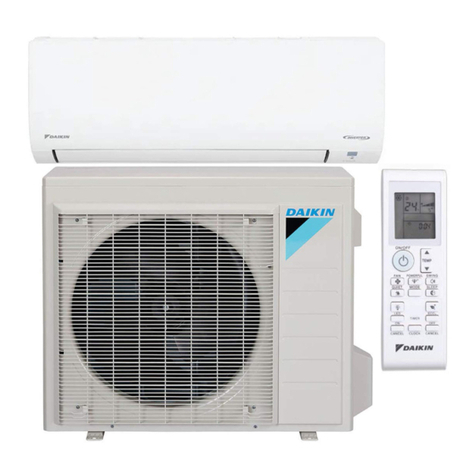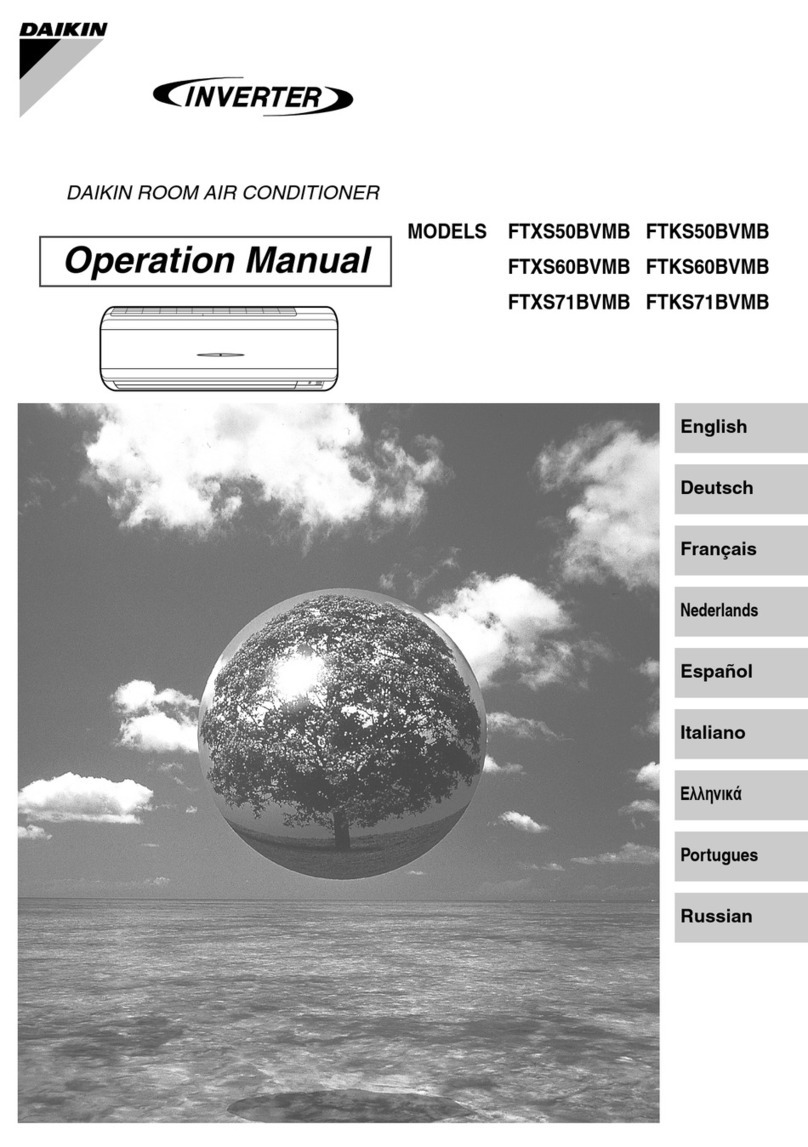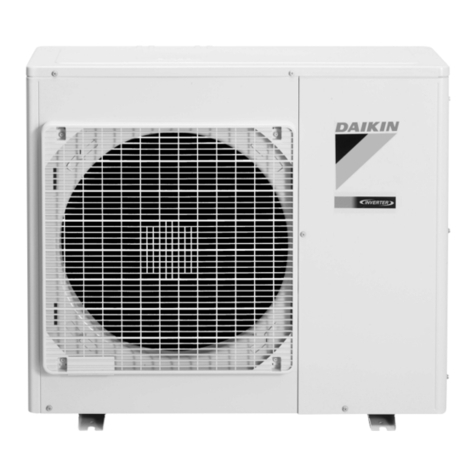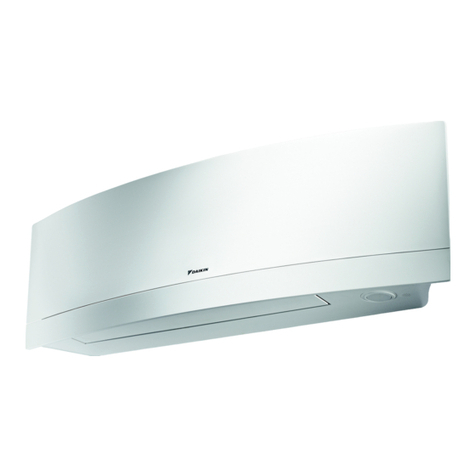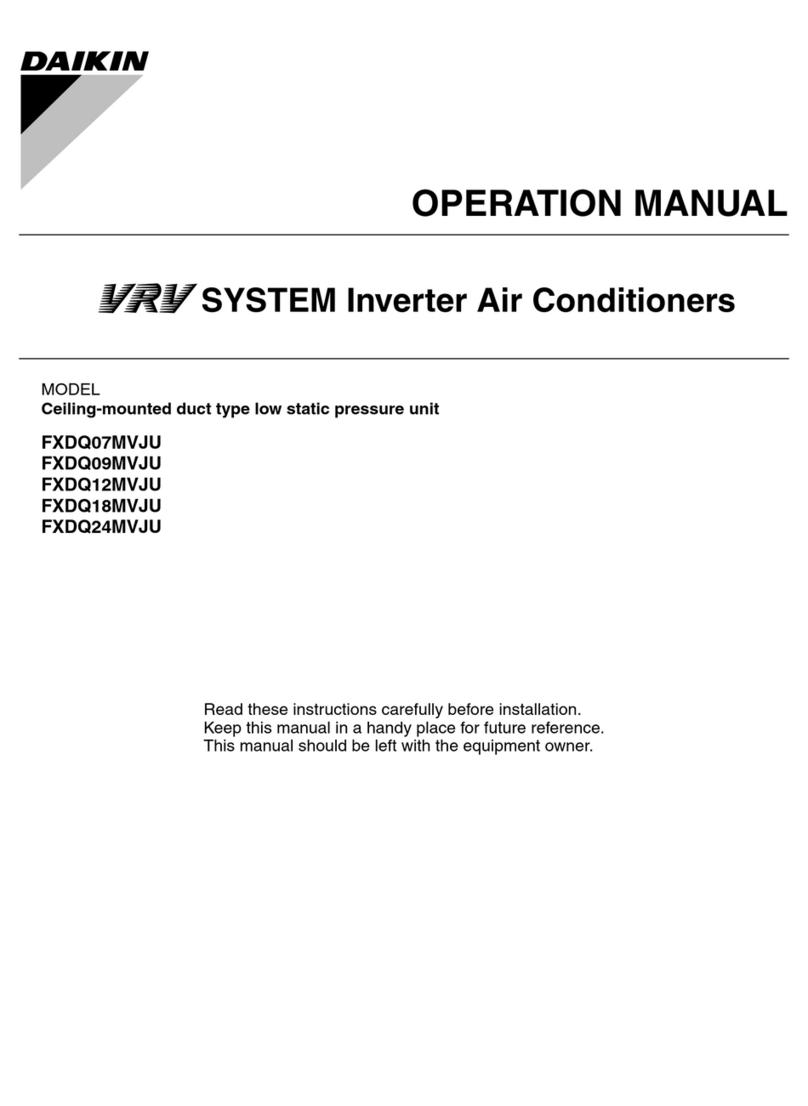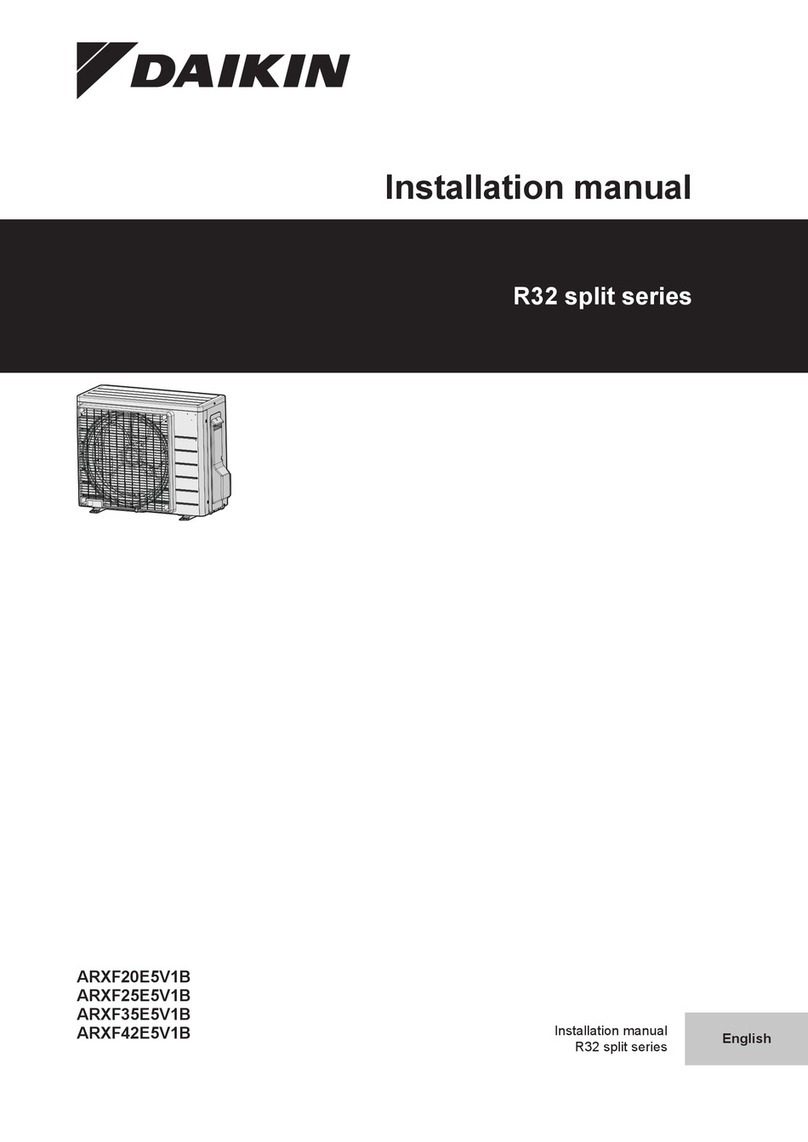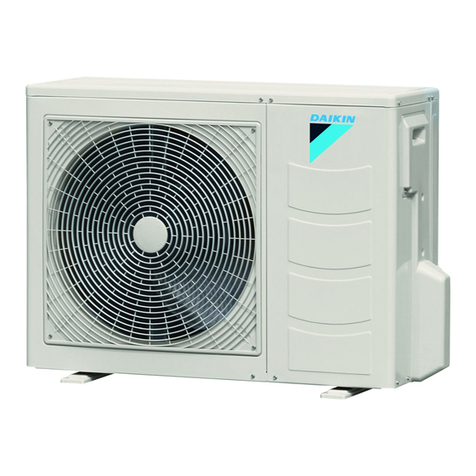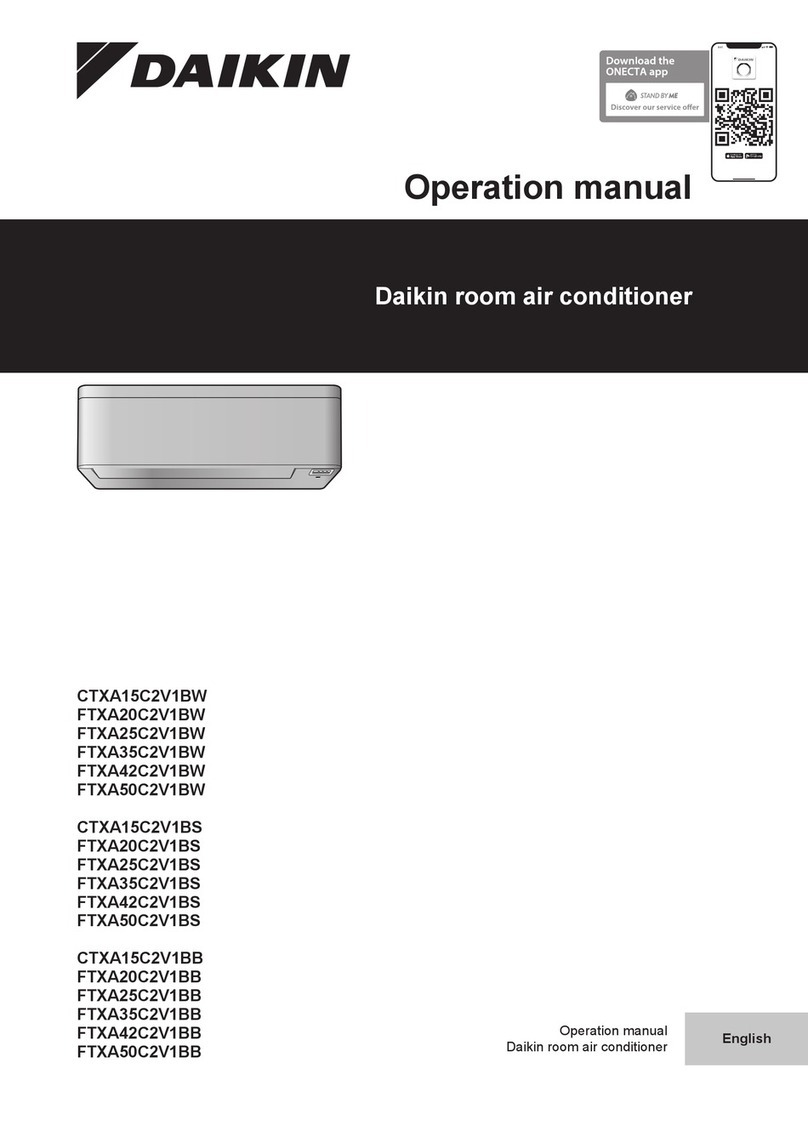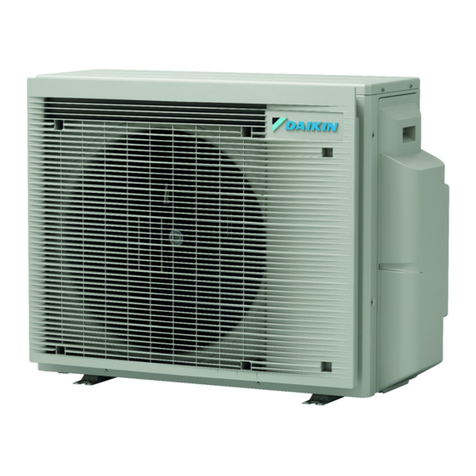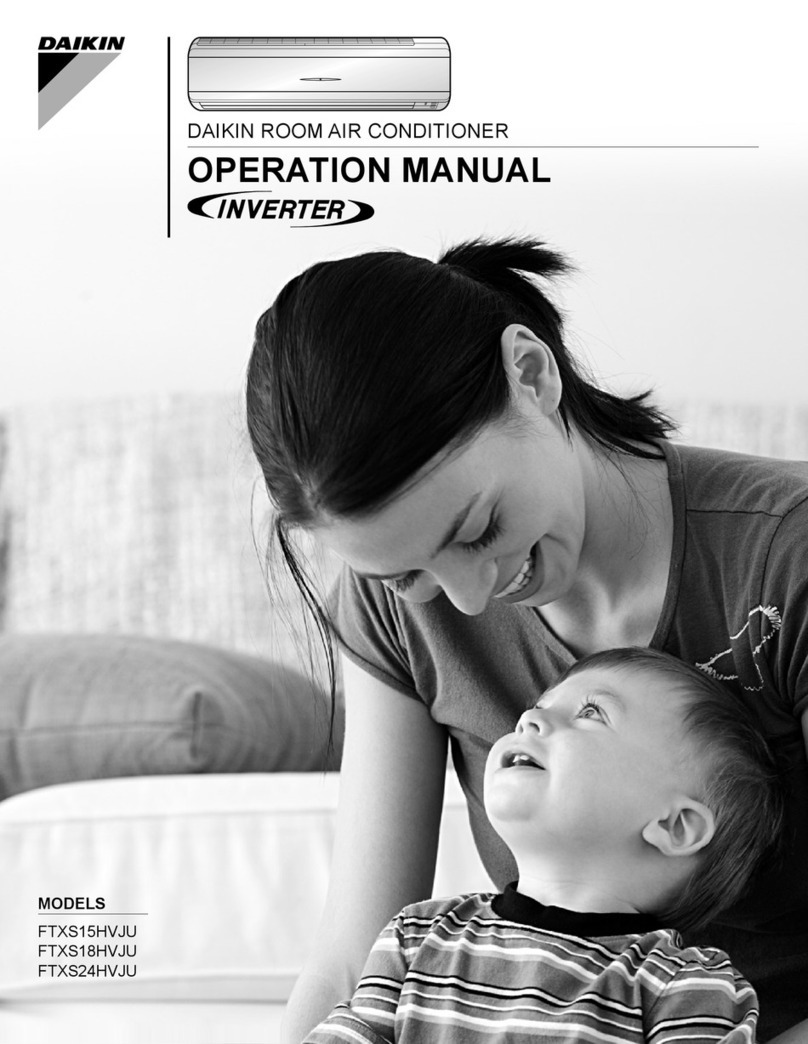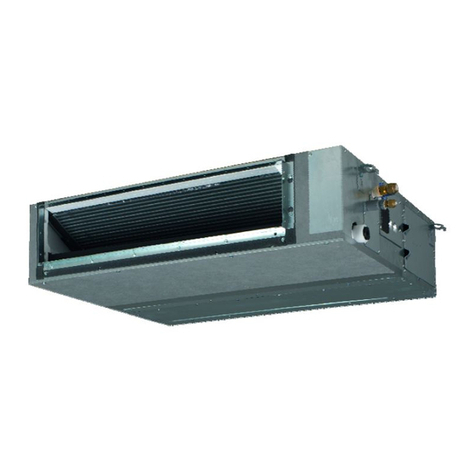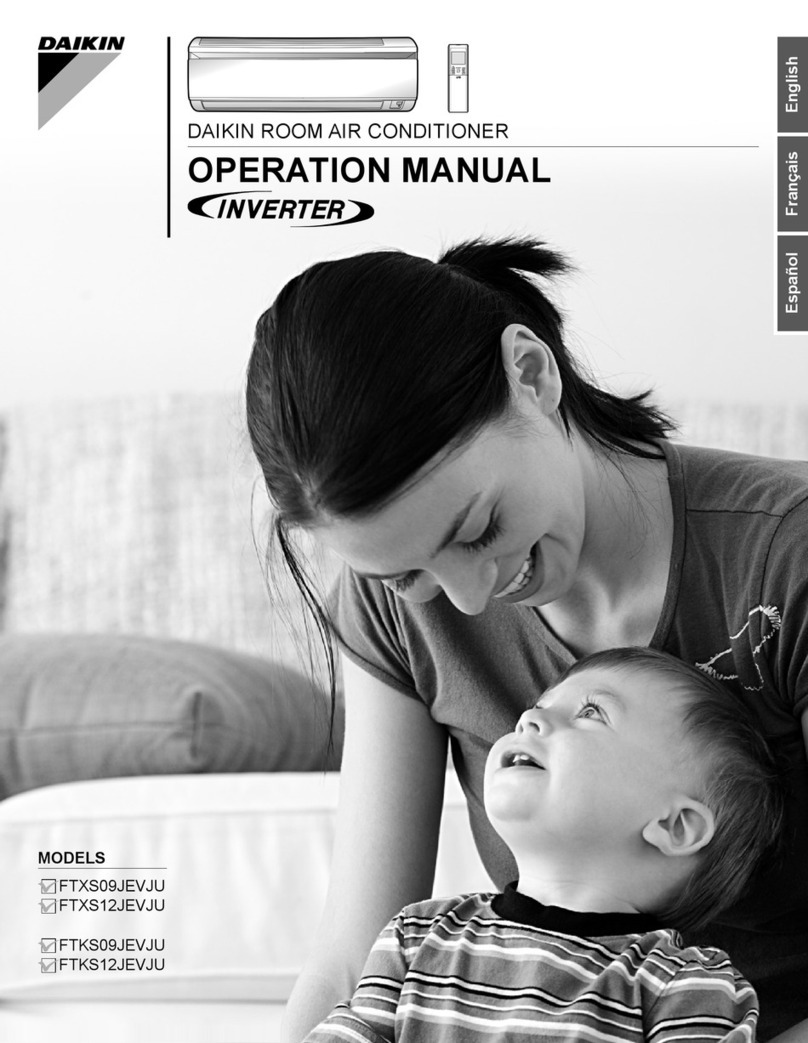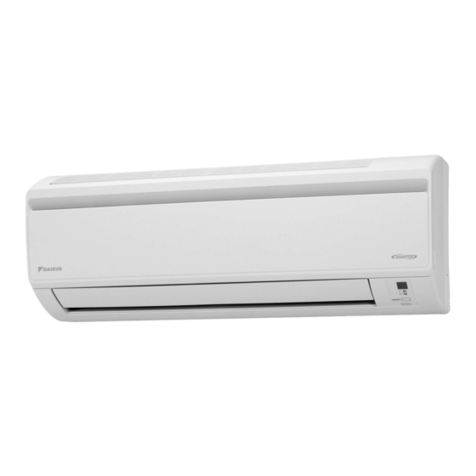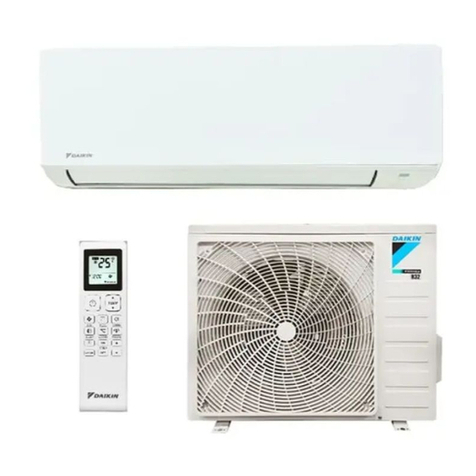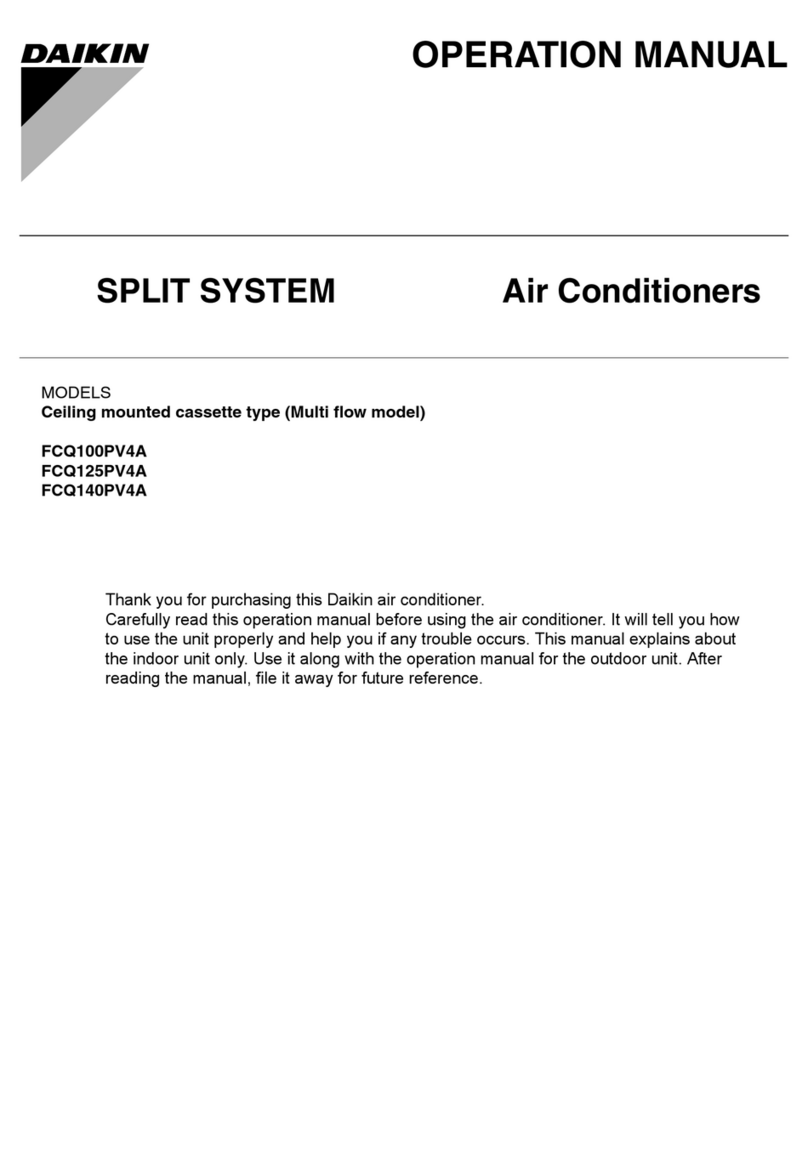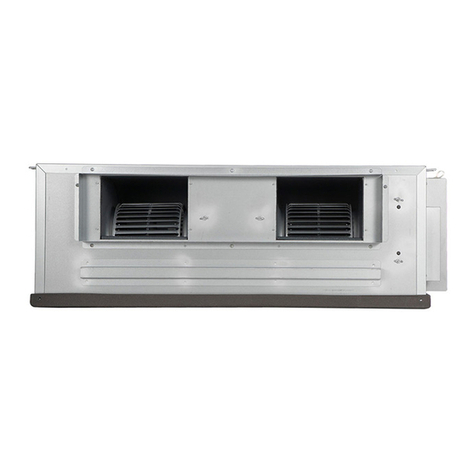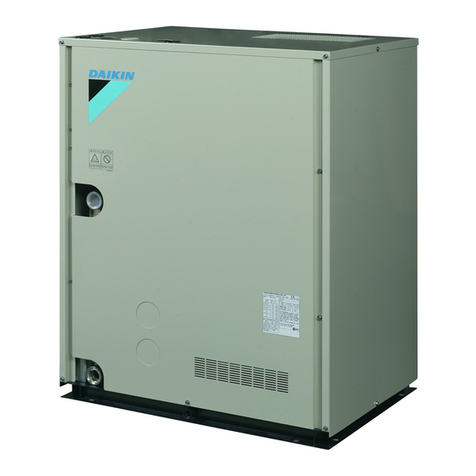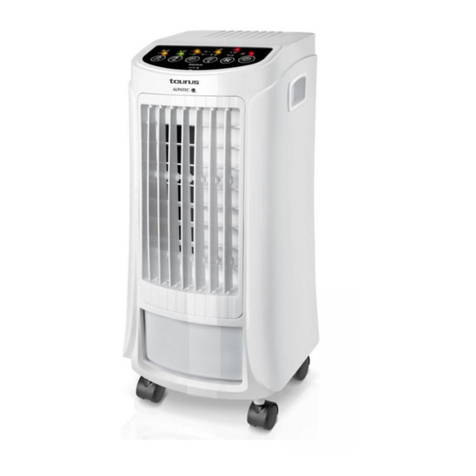
3
EPA REGULATIONS
IMPORTANT:THE UNITED STATES ENVIRONMENTAL PROTECTION AGENCY (EPA)
HAS ISSUED VARIOUS REGULATIONS REGARDING THE INTRODUCTION AND DISPOSAL
OF REFRIGERANTS IN THIS UNIT. FAILURE TO FOLLOW THESE REGULATIONS MAY
HARM THE ENVIRONMENT AND CAN LEAD TO THE IMPOSITION OF SUBSTANTIAL
FINES. BECAUSE REGULATIONS MAY VARY DUE TO PASSAGE OF NEW LAWS, WE
SUGGEST ACERTIFIED TECHNICIAN PERFORM ANY WORK DONE ON THIS UNIT.
SHOULD YOU HAVE ANY QUESTIONS PLEASE CONTACT THE LOCAL OFFICE OF THE
EPA.
NATIONAL CODES
This product is designed and manufactured to permit installation
inaccordancewithNationalCodes.Itis the installer’s responsibil-
ity to install the product in accordance with National Codes and/
or prevailing local codes and regulations.
The heating and cooling capacities of the unit should be greater
than or equal to the design heating and cooling loads of the area
to be conditioned. The loads should be calculated by an approved
method or in accordance with ASHRAE Guide or Manual J - Load
Calculations published by the Air Conditioning Contractors of
America.
Obtain from:
American National Standards Institute
1430 Broadway
New York, NY 10018
System design and installation should also, where applicable, fol-
lowinformationpresentedinacceptedindustryguidessuchasthe
ASHRAE Handbooks. The manufacturer assumes no responsibility
forequipment installedin violation of any code or regulation.The
mechanical installation of the packaged roof top units consists of
making final connections between the unit and building services;
supply and return duct connections; and drain connections (if re-
quired). The internal systems of the unit are completely factory-
installed and tested prior to shipment.
Unitsaregenerallyinstalledon asteelroofmountingcurb assem-
bly which has been shipped to the job site for installation on the
roof structure prior to the arrival of the unit. The model number
shownontheunit’sidentificationplateidentifiesthevariouscom-
ponents of the unit such as refrigeration tonnage, heating input
and voltage.
Carefully inspect the unit for damage. Any bolts or screws which
may have loosened in transit must be re-tightened. In the event
of damage, the receiver should:
1. Make notation on delivery receipt of any visible damage
to shipment or container.
2. Notify carrier promptly and request an inspection.
3. Incaseofconcealeddamage,carriershouldbenotifiedas
soon as possible-preferably within 5 days.
4. File the claim with the following supporting documents:
a. OriginalBill of Lading,certifiedcopy, or indemnitybond.
b. Original paid freight bill or indemnity in lieu thereof.
c. Original invoice or certified copy thereof, showing trade
and other discounts or reductions.
d. Copy of the inspection report issued by carrier
representative at the time damage is reported to the
carrier. The carrier is responsible for making prompt
inspection of damage and for a thorough investigation
of each claim. The distributor or manufacturer will not
accept claims from dealers for transportation damage.
NOTE: When inspecting the unit for transportation damage,
removeallpackagingmaterials.Recycleordispose ofthepackaging
material according to local codes.
PRE-INSTALLATION CHECKS
Carefully readallinstructionsfor the installationprior toinstalling
unit.Ensure eachsteporprocedureisunderstoodandanyspecial
considerations are taken into account before starting installation.
Assemblealltools,hardwareandsuppliesneededtocompletethe
installation. Some items may need to be purchased locally.
UNITLOCATION
T
O
PREVENT
POSSIBLE
EQUIPMENT
DAMAGE
,
PROPERTY
DAMAGE
,
PERSONAL
INJURY
OR
DEATH
,
THE
FOLLOWING
BULLET
POINTS
MUST
BE
OBSERVED
WHEN
INSTALLING
THE
UNIT
.
WARNING
IMPORTANT NOTE: Remove wood shipping rails prior to installa-
tion of the unit. See important note under Roof Curb Installation
Only.
ALL INSTALLATIONS:
IMPORTANT NOTE: Unit should be energized 24 hours prior to
compressor start up to ensure crankcase heater has suffi-
ciently warmed the compressors. Compressor damage may
occur if this step is not followed.
NOTE: Appliance is shipped from factory for vertical duct
application.
Proper installation of the unit ensures trouble-free operation. Im-
proper installation can result in problems ranging from noisy
operation to property or equipment damages, dangerous condi-
tions that could result in injury or personal property damage and
could void the warranty. Give this booklet to the user and explain
it’sprovisions.Theusershould retaintheseinstructionsforfuture
reference.
•For proper operation and condensate drainage, the unit
must be mounted level.
•Theflueoutlethoodmustbeatleastthreefeetaboveany
forced air inlet located within ten feet. The economizer/
manual fresh air intake/motorized fresh air intake and
combustionairinletmountedontheunitarenotaffected
by this restriction.
•Do not locate the unit in an area where the outdoor air
(i.e. combustion air for the unit) will be frequently
contaminated by compounds containing chlorine or
fluorine. Common sources of such compounds include
swimming pool chemicals and chlorine bleaches, paint
